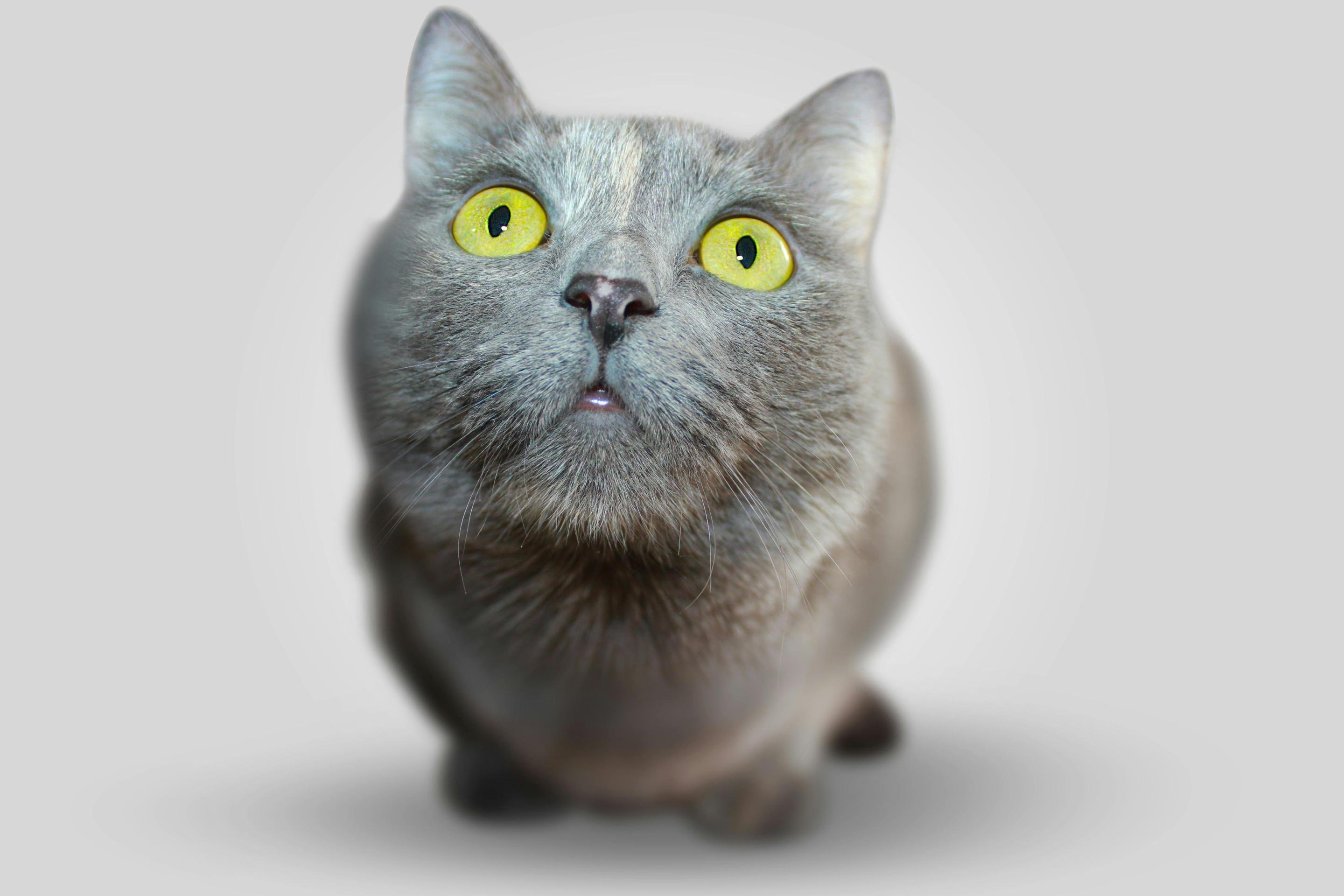Cats are known for their unique personalities and behaviors, but sometimes these behaviors can become problematic. Understanding common behavioral issues in cats is essential for maintaining a happy and healthy environment for both you and your feline friend. At Ingleside Animal Hospital, we’re here to help you recognize and address these behaviors effectively. Here’s a look at some of the most common behavioral issues in cats and how to manage them.

1. Litter Box Problems
One of the most common issues cat owners face is inappropriate elimination. This can manifest as:
- Not using the litter box: This may be due to stress, an aversion to the litter box, or a medical issue.
- Urine marking: Cats may spray to establish territory, especially if there are changes in their environment.
Solutions:
- Ensure the litter box is clean, accessible, and placed in a quiet area.
- Experiment with different types of litter to find one your cat prefers.
- If problems persist, consult your veterinarian to rule out medical issues.
2. Aggression
Aggression can be directed toward humans or other pets and may arise from fear, territoriality, or frustration. Signs include hissing, swatting, or biting.
Solutions:
- Avoid punishing aggressive behavior, as it can worsen anxiety.
- Provide a safe space for your cat to retreat to when feeling threatened.
- Gradually introduce your cat to new people or pets, using positive reinforcement to encourage calm behavior.
3. Excessive Vocalization
Some cats may meow, yowl, or howl excessively, which can be distressing for owners and may indicate underlying issues such as anxiety, hunger, or discomfort.
Solutions:
- Assess your cat's needs to ensure they are fed, comfortable, and stimulated.
- Spend more time engaging in play and interaction.
- If excessive vocalization continues, consult your veterinarian for advice.
4. Destructive Behavior
Cats may scratch furniture, chew on cords, or knock things over, often out of boredom or a need to mark territory.
Solutions:
- Provide appropriate scratching posts and toys to redirect their energy.
- Engage in regular play sessions to keep your cat mentally stimulated.
- Consider using deterrents (like double-sided tape) on furniture to discourage scratching.
5. Fear and Anxiety
Cats can experience fear and anxiety due to changes in their environment, loud noises, or unfamiliar situations. Signs include hiding, excessive grooming, or withdrawal.
Solutions:
- Create a safe, quiet space where your cat can retreat when feeling anxious.
- Use calming products, such as pheromone diffusers, to help reduce anxiety.
- Gradual exposure to stressors can help your cat become more comfortable over time.
6. Over-Grooming
While grooming is a natural behavior, excessive grooming can lead to bald spots or skin irritations. This may be due to stress, allergies, or other medical issues.
Solutions:
- Monitor your cat’s grooming habits and look for changes.
- Provide enrichment activities and toys to reduce stress.
- Consult your veterinarian if over-grooming persists, as medical intervention may be necessary.
7. Feline Compulsive Disorder
Some cats may develop compulsive behaviors, such as chasing their tails, excessive grooming, or staring at walls. These behaviors can indicate underlying stress or anxiety.
Solutions:
- Increase playtime and environmental enrichment to reduce boredom.
- Consult with a veterinarian or a feline behaviorist for guidance on managing compulsive behaviors.
If you have questions and you'd like to reach out to us, you can call us directly at (602) 833-7511, or you can email us at [email protected]. Don't forget to follow us on social media Facebook, Instagram.
